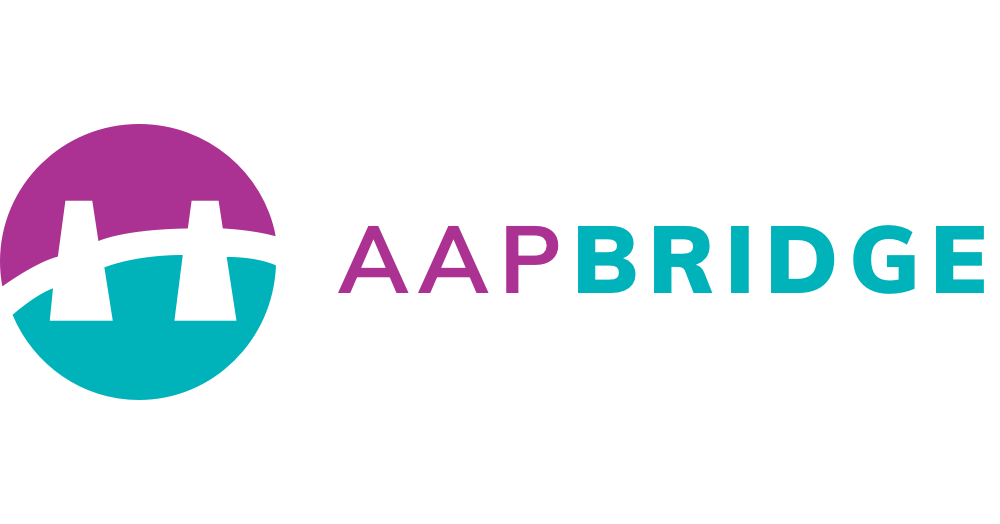Browse
Education
https://aap-qa.apps.venturit.org/user_profile/hasha
By:
Rupsssssssssssssssšssś Mukharjeeeeeeeeeeeeeeeeeeeeeeeeeeee
Tuesday, Aug 10, 2021
YOUTH EMPOWERMENT
+1
No Preview Available
Leave a comment
https://aap-qa.apps.venturit.org/user_profile/adhira-arora
By:
Rupsssssssssssssssšssś Mukharjeeeeeeeeeeeeeeeeeeeeeeeeeeee
Tuesday, Aug 10, 2021
EDUCATION
No Preview Available
Leave a comment
https://aap-qa.apps.venturit.org/playlist/data-science
By:
Rupsssssssssssssssšssś Mukharjeeeeeeeeeeeeeeeeeeeeeeeeeeee
Tuesday, Aug 10, 2021
YOUTH EMPOWERMENT
+1

No Preview Available
Leave a comment
https://aap-qa.apps.venturit.org/playlist/agriculture-wheat-species-of-cereal-grasses-of-the-genus-triticum
By:
Rupsssssssssssssssšssś Mukharjeeeeeeeeeeeeeeeeeeeeeeeeeeee
Tuesday, Aug 10, 2021
YOUTH EMPOWERMENT
+1
No Preview Available
Leave a comment
https://aap-qa.apps.venturit.org/pathway/earth-planet-in-the-solar-system
By:
Rupsssssssssssssssšssś Mukharjeeeeeeeeeeeeeeeeeeeeeeeeeeee
Tuesday, Aug 10, 2021
AGRI-FOOD SYSTEMS
+1
No Preview Available
Leave a comment
https://aap-qa.apps.venturit.org/Opportunities/Opportunity_details/nature-of-quantum-mechanics
By:
Rupsssssssssssssssšssś Mukharjeeeeeeeeeeeeeeeeeeeeeeeeeeee
Tuesday, Aug 10, 2021
EDUCATION

No Preview Available
Leave a comment
The cosmic rays are observed to be proportionately richer in heavy elements than are the stars, and they also contain more of the light elements lithium, beryllium, and boron, which are very rare in stars. One particularly interesting suggestion is that transuranium nuclei may have been detected in the cosmic rays. Uranium is element 92, the most massive naturally occurring on Earth; 20 elements beyond uranium (called the transuranium series) have been created artificially.
By:
rupali
Tuesday, Aug 10, 2021
YOUTH EMPOWERMENT
+1

Leave a comment
Computer architecture, structure
Computer architecture, structure of a digital computer, encompassing the design and layout of its instruction set and storage registers. The architecture of a computer is chosen with regard to the types of programs that will be run on it (business, scientific, general-purpose, etc.). Its principal components or subsystems, each of which could be said to have an architecture of its own, are input/output, storage, communication, control, and processing.
https://aap-qa.apps.venturit.org/playlist/education-systems
By:
rupali
Friday, Aug 6, 2021
YOUTH EMPOWERMENT
+1

Leave a comment
Atomic model
Most matter consists of an agglomeration of molecules, which can be separated relatively easily. Molecules, in turn, are composed of atoms joined by chemical bonds that are more difficult to break. Each individual atom consists of smaller particles—namely, electrons and nuclei. These particles are electrically charged, and the electric forces on the charge are responsible for holding the atom together. Attempts to separate these smaller constituent particles require ever-increasing amounts of energy and result in the creation of new subatomic particles, many of which are charged.
As noted in the introduction to this article, an atom consists largely of empty space. The nucleus is the positively charged centre of an atom and contains most of its mass. It is composed of protons, which have a positive charge, and neutrons, which have no charge. Protons, neutrons, and the electrons surrounding them are long-lived particles present in all ordinary, naturally occurring atoms. Other subatomic particles may be found in association with these three types of particles. They can be created only with the addition of enormous amounts of energy, however, and are very short-lived.
By:
rupali
Wednesday, Jul 28, 2021
CULTURE AND SOCIETY
+1

Leave a comment
Binary molecular (covalent) compounds
Binary molecular (covalent) compounds are formed as the result of a reaction between two nonmetals. Although there are no ions in these compounds, they are named in a similar manner to binary ionic compounds. The nomenclature of binary covalent compounds follows these rules:
The first element in the formula is given first, using the element’s full name.
The second element is named as if it were an anion.
Prefixes are used to denote the numbers of atoms present. If the first element exists as a single atom, the prefix mono- is omitted. For example, CO is called carbon monoxide rather than monocarbon monoxide.
By:
Edwin Castel
Wednesday, Jul 28, 2021
YOUTH EMPOWERMENT
+1
No Preview Available
AGRI-FOOD SYSTEMS
+2
Friday, Aug 6, 2021



Leave a comment